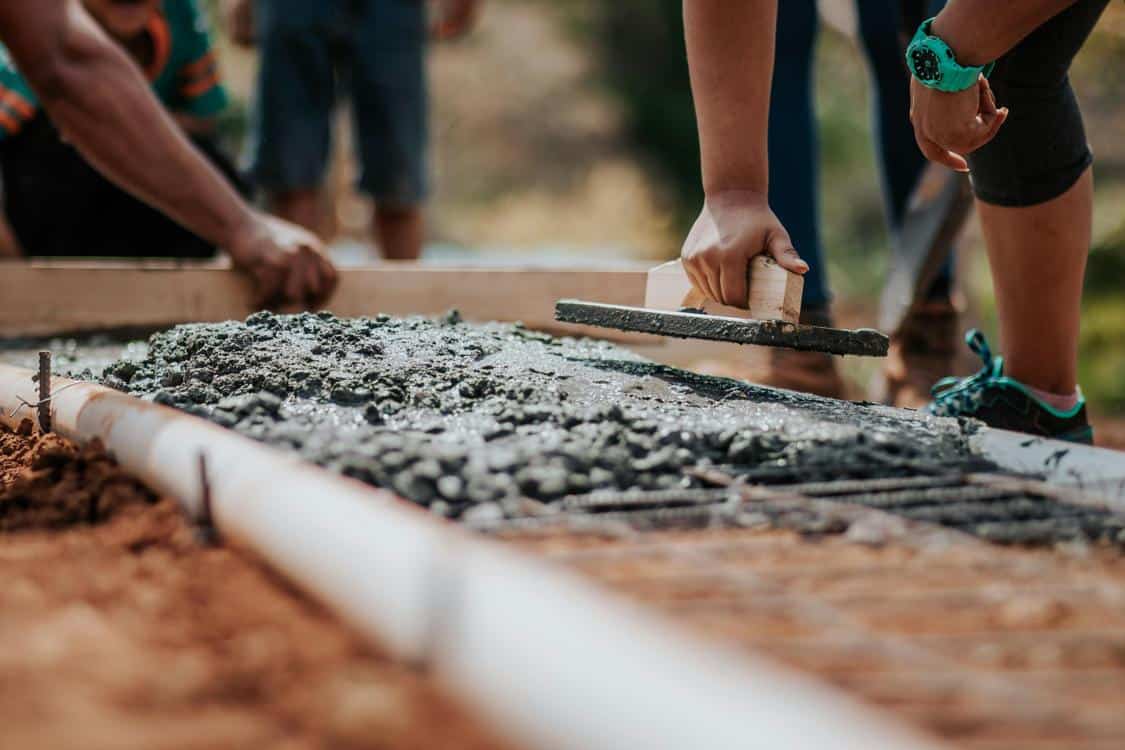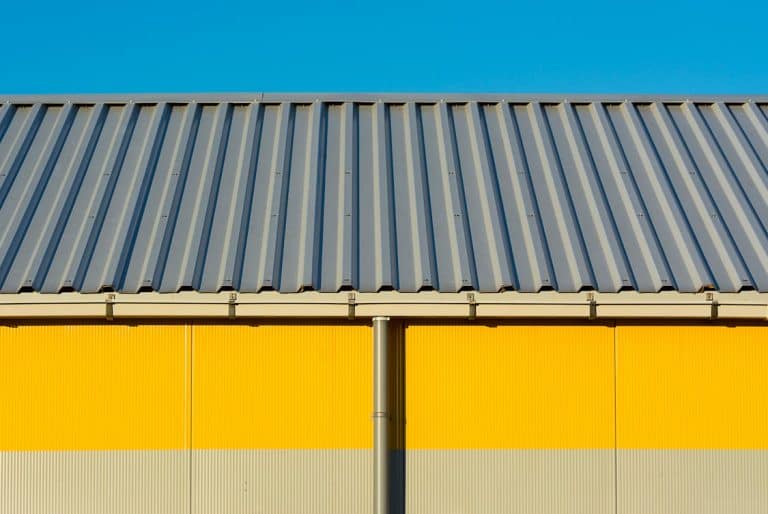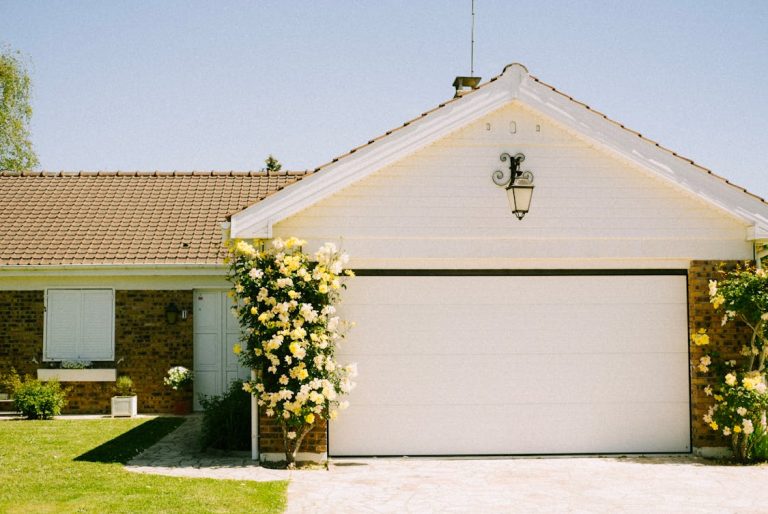Ensuring Sustainable and Green Construction Practices can be an effective way to protect the environment for generations to come. This includes using eco-friendly concrete and other recycled materials as well as choosing paints with low levels of volatile organic compounds. Moreover, selecting locally-sourced and/or renewable materials can decrease transportation-related carbon emissions. Water conservation is another …
Ensuring Sustainable and Green Construction Practices

Ensuring Sustainable and Green Construction Practices can be an effective way to protect the environment for generations to come. This includes using eco-friendly concrete and other recycled materials as well as choosing paints with low levels of volatile organic compounds.
Moreover, selecting locally-sourced and/or renewable materials can decrease transportation-related carbon emissions. Water conservation is another aspect of green building, as construction companies can use cisterns and other water-harvesting systems to minimize waste.
Site Selection and Planning
When it comes to green construction, the process starts long before the shovel hits the ground. Site selection and planning is a crucial phase that has far-reaching environmental implications. It involves ensuring that the chosen location supports sustainability goals, including minimization of impact on local ecosystems and the future availability of resources to run the facility.
The process involves assessing potential sites, making comparisons and determining the best fit for your business. The evaluation phase includes on-site visits and due diligence to uncover any hidden issues that could affect your project. It also includes ensuring that the selected site complies with environmental regulations and local zoning laws.
Another important consideration is identifying the right materials for the project. For example, using insulated access doors is an easy way to promote green construction because it reduces energy consumption. New advances in technology have also allowed for the development of stronger, lighter building materials that are more environmentally friendly than traditional options.
Finally, a sustainable site must have adequate transportation connections to serve customers and workers. Locating buildings in dense and transit-oriented areas can improve accessibility while reducing the need for cars to drive long distances, which cuts down on exhaust emissions and promotes better air quality.
Once you have identified the right site for your project, it’s time to begin negotiating with local and possibly federal leaders about economic incentives. These can range from tax breaks to grants and subsidies, depending on the project’s scope and size. Once you have secured the site, it’s important to stay in compliance with any economic incentive requirements. This requires submitting payroll reports, capital investment data and real and personal property tax information to various economic development agencies and government entities.
Waste Management
Unmanaged construction waste contributes to soil, air and water contamination, damages natural ecosystems and worsens climate change. Reducing construction waste can protect the environment, reduce energy consumption and lower carbon emissions. It can also save money through the use of alternative energy, recycled materials and increased efficiency (BREEAM).
Various technologies have helped to push traditional building practices towards sustainability and energy conservation. These include a new generation of stronger, lighter and more revolutionary building materials like insulated access doors that offer an attractive alternative to metals and steel. In addition, sustainable construction often means using renewable and recycled resources as well as energy-efficient heating systems.
A comprehensive waste management system is essential to implementing sustainability practices in the construction industry. This can be achieved by ensuring that staff are educated about sustainability, as well as setting clear protocols and procedures. For example, a waste audit checklist can help organizations to track and record their waste production regularly. This is typically done through the physical collection, sorting and weighing of a sample of the organization’s waste.
In the design phase, it is important to consider the potential volume of waste produced within a project based on predicted daily and weekly waste amounts. This allows the number of bins required for on-site storage and collection to be determined. In the use phase, it is vital to ensure that storage locations for recycling are easily accessible for building occupants and provide a range of options for paper, glass, plastic and metal waste. It is also important to have processes in place to transport waste off site, if not available on-site (BREEAM).
In the case of demolition, a process called deconstruction can be used to further salvage and recycle material. This significantly reduces the amount of waste that is sent to landfills and reduces the need for new materials to be produced.
Energy Efficiency
Energy efficiency is one of the most important aspects when it comes to ensuring sustainable and green construction. The construction industry has a significant impact on the environment, including carbon emissions, depletion of natural resources and ecological systems. It also pollutes potable water supplies and contributes to climate change. In addition, it produces a lot of waste. These environmental issues require companies to rethink their current practices and implement greener methods.
Luckily, there are many new technologies and sustainable materials that are constantly being improved to make the building process more environmentally friendly. These advances can reduce energy consumption, improve indoor air quality and promote sustainability throughout a project’s lifetime. Using these materials can help minimize toxins like VOCs and formaldehyde that are released during manufacturing and construction. In addition, using insulated access doors and panels is an excellent way to increase energy efficiency.
Companies should incorporate sustainable and green construction principles into the design phase of any project. This can include incorporating renewable energy systems, water conservation measures and reduced waste production. In addition, they can incorporate eco-friendly lighting and heating and cooling systems into the structure. Finally, they can use sustainable landscaping to reduce water run-off and ensure that the natural ecosystem is not disrupted.
While it is challenging for construction companies to practice greener ways of working, it’s important to understand that there are several benefits associated with sustainability. These include lower operating costs, more occupant productivity and optimized life-cycle economic performance. By adopting these principles, companies can be a positive force for sustainability in the world of building. To learn more about how greener construction practices can benefit your company, contact us today!
Materials

As the world’s demand for resources grows, it’s becoming increasingly important for construction companies to minimize their environmental impact. Sustainable building methods are a great way to do this by using eco-friendly materials and energy-efficient systems. They also reduce waste and promote the use of renewable resources, which helps protect our planet’s finite natural resources.
Among the most common green construction practices is utilizing recycled materials for structures like buildings and roadways. Recycled steel and concrete can be used as replacements for more traditional materials with higher embodied energy or more harmful emissions. Other sustainable construction techniques include using insulation, paints and other fixtures with low volatile organic compounds (VOCs), which help protect the environment and occupants’ health.
Another sustainable construction practice is incorporating energy-efficient systems for heating, cooling and ventilation. These appliances optimize energy usage for the structure’s occupants, which can significantly lower electricity bills and greenhouse gas emissions. Green structures can also use solar and wind power for sustainable energy production.
Water conservation is an essential aspect of sustainable construction, especially as a finite resource that is currently in short supply. These types of structures use low-flow faucets and toilets, as well as rainwater collection systems. They can also use natural sunlight to heat and cool, rather than traditional HVAC systems.
A significant amount of waste is created during the construction process. Green construction techniques aim to reduce the amount of material that is sent to landfills by recycling or using on-site composting. In addition, lean manufacturing and other techniques can reduce the amount of energy expended at a site and cut down on unnecessary waste. Some innovative new construction technologies are also contributing to sustainability in the building industry. For example, self-healing concrete uses bacteria that grow inside the cement to strengthen or fill cracks.
Certification
When it comes to ensuring sustainable and green construction practices, certification is key. It ensures that contractors are aware of best practices and methods to avoid any missteps that could cost the company credibility and impact their surety bond. Certification programs also help companies communicate these requirements to their contractors, ensuring everyone is on the same page and using consistent terminology, something this building firm based in Kendal has extensive amounts of – namely, certifications.
There are a number of green building rating systems available that can be applied to new construction, renovations and existing buildings. These ratings can be based on a variety of factors including the site, design, construction, operation, maintenance and even demolition (read more about green construction).
Green buildings focus on sustainable materials, efficient energy systems, and eco-friendly features that minimize the structure’s environmental impact. This includes renewable energy sources, recycled content and water-saving fixtures and technologies. These measures can help reduce greenhouse gas emissions, which are a major cause of global warming. They can also help protect the natural environment and promote a healthy indoor space for the occupants.
Many green buildings use energy-efficient lighting, smart thermostats, and roof solar panels to reduce the demand on energy systems. This not only helps the environment but can reduce a building’s energy costs by up to 30%.
The occupants of green buildings can also be more conscious of their own sustainability efforts by recycling, reducing waste and utilizing low-impact materials. They can also take public transportation or carpool to reduce the amount of cars on the road and encourage a healthier lifestyle for all. While these green building practices can seem daunting, they are becoming more common as the need for a cleaner planet grows.









